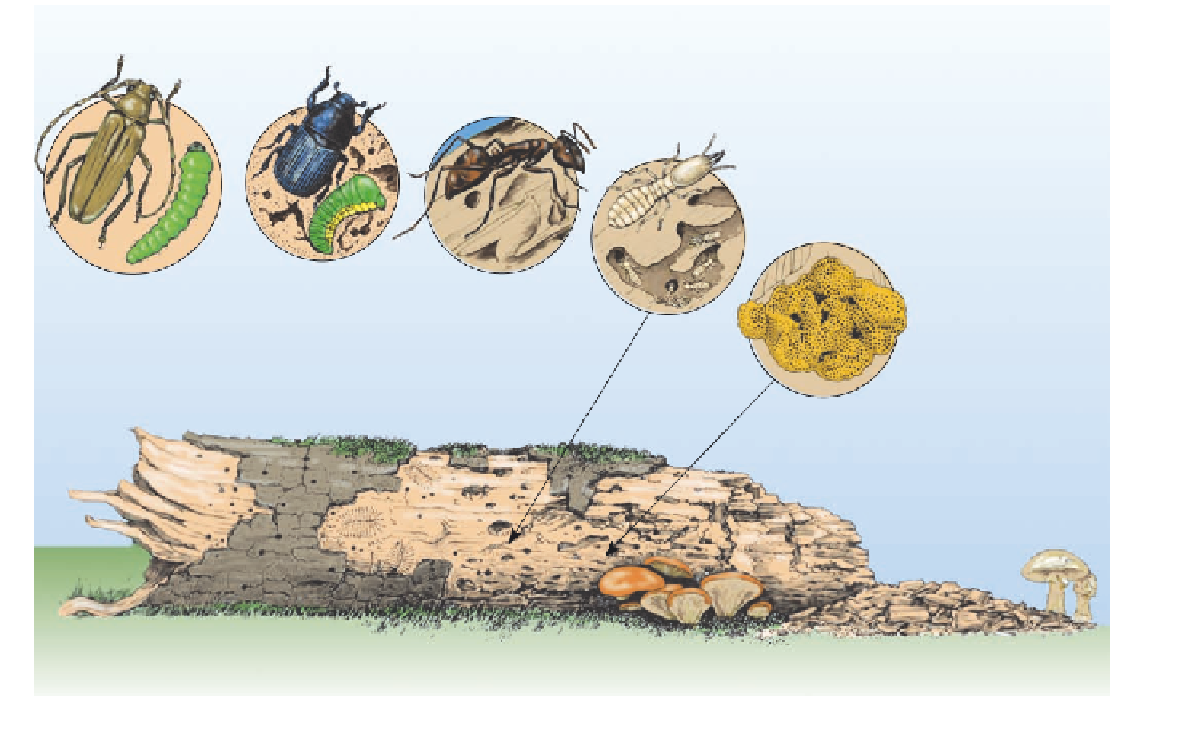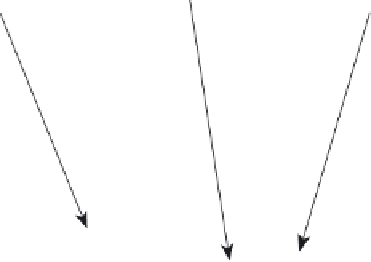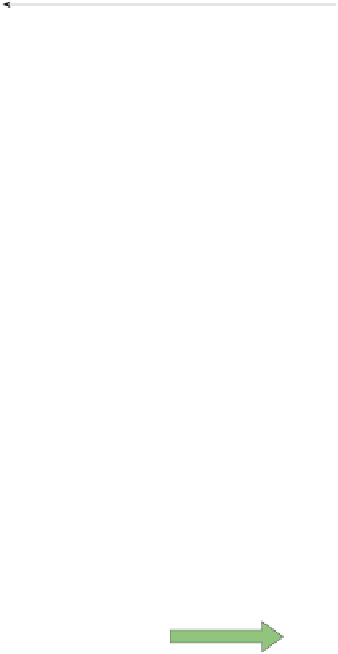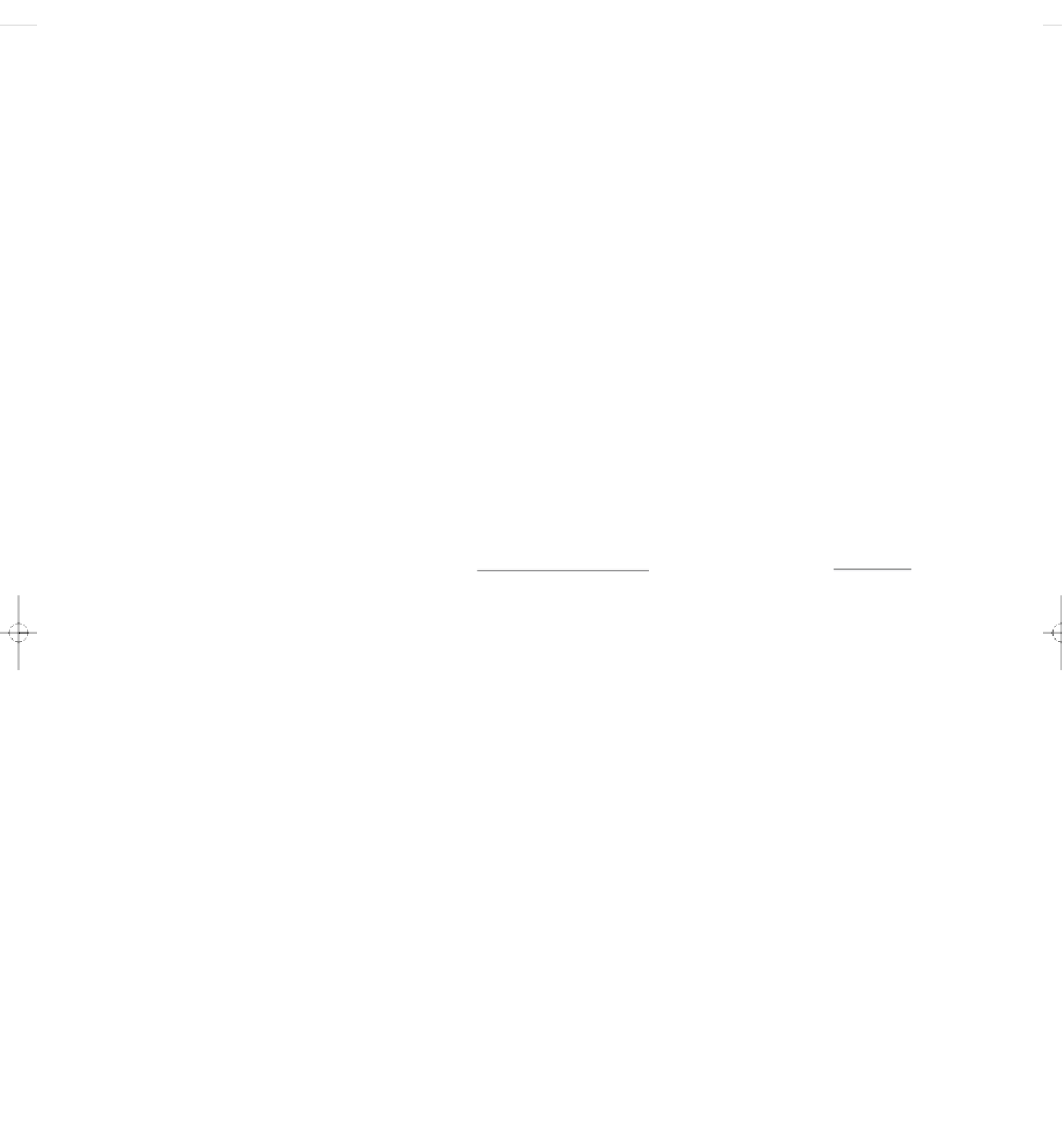Environmental Engineering Reference
In-Depth Information
A few producers, mostly specialized bacteria, can
convert simple compounds from their environment
into more complex nutrient compounds without sun-
light, through a process called
chemosynthesis.
All other organisms in an ecosystem are
con-
sumers,
or
heterotrophs
(“other-feeders”) that obtain
energy and nutrients by feeding on other organisms
or their remains.
Decomposers
(mostly certain types
of bacteria and fungi) are specialized consumers that
recycle organic matter in ecosystems. They break
down (
biodegrade
) dead organic material or
detritus
(“di-TRI-tus,” meaning “debris”) to get nutrients. This
activity releases simpler inorganic compounds into
the soil and water, where producers can take them up
as nutrients.
Omnivores
play dual roles by feeding on both
plants and animals. Examples are pigs, rats, foxes,
bears, cockroaches, and humans. Were you an herbi-
vore, a carnivore, or an omnivore when you had lunch
today?
Detritivores
include detritus feeders and decom-
posers that feed on detritus. Hordes of these waste
eaters and degraders can transform a fallen tree trunk
into a powder and finally into simple inorganic mole-
cules that plants can absorb as nutrients (Figure 3-12).
In natural ecosystems, there is little or no waste.
One organ-
ism's wastes serve as resources for other organisms, as
the nutrients that make life possible are recycled again
and again.
Producers, consumers, and decomposers use the
chemical energy stored in glucose and other organic
compounds to fuel their life processes. In most cells
this energy is released by
aerobic respiration,
which
uses oxygen to convert organic nutrients back into car-
bon dioxide and water. The net effect of the hundreds
of steps in this complex process is represented by the
following reaction:
glucose
oxygen
carbon dioxide
water
energy
C
6
H
12
O
6
6 O
2
6 CO
2
6 H
2
O
energy
Although the detailed steps differ, the net chemical
change for aerobic respiration is the opposite of that
for photosynthesis.
The survival of any individual organism depends
on the
flow of matter and energy
through its body. By com-
Detritus feeders
Decomposers
Bark beetle
engraving
Carpenter
ant
galleries
Te r mite and
carpenter
ant
work
Long-horned
beetle holes
Dry rot fungus
Wood
reduced
to powder
Mushroom
Powder broken down by decomposers
into plant nutrients in soil
Time progression
Figure 3-12
Natural capital:
Some detritivores, called
detritus feeders,
directly consume tiny fragments of this
log. Other detritivores, called
decomposers
(mostly fungi and bacteria), digest complex organic chemicals in
fragments of the log, converting them into simpler inorganic nutrients that can be used again by producers.








